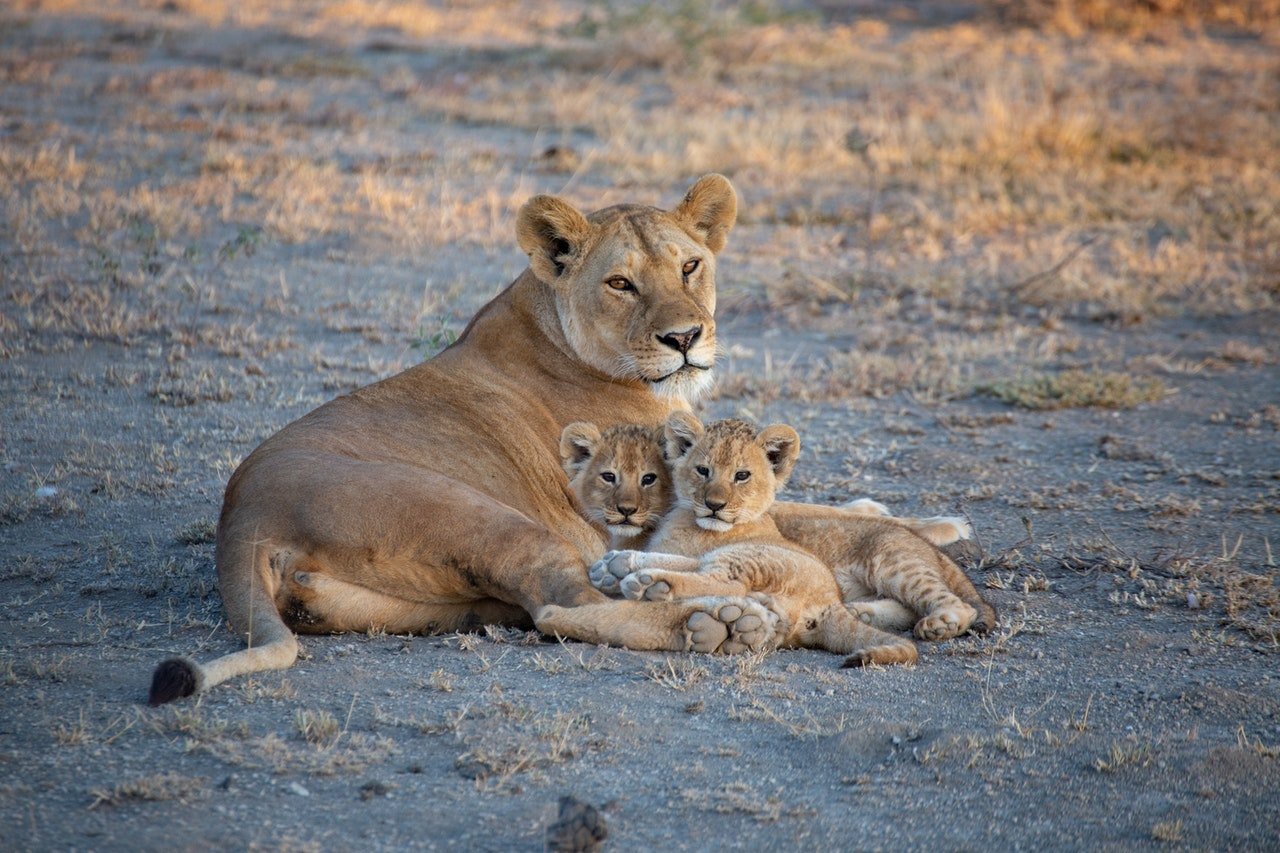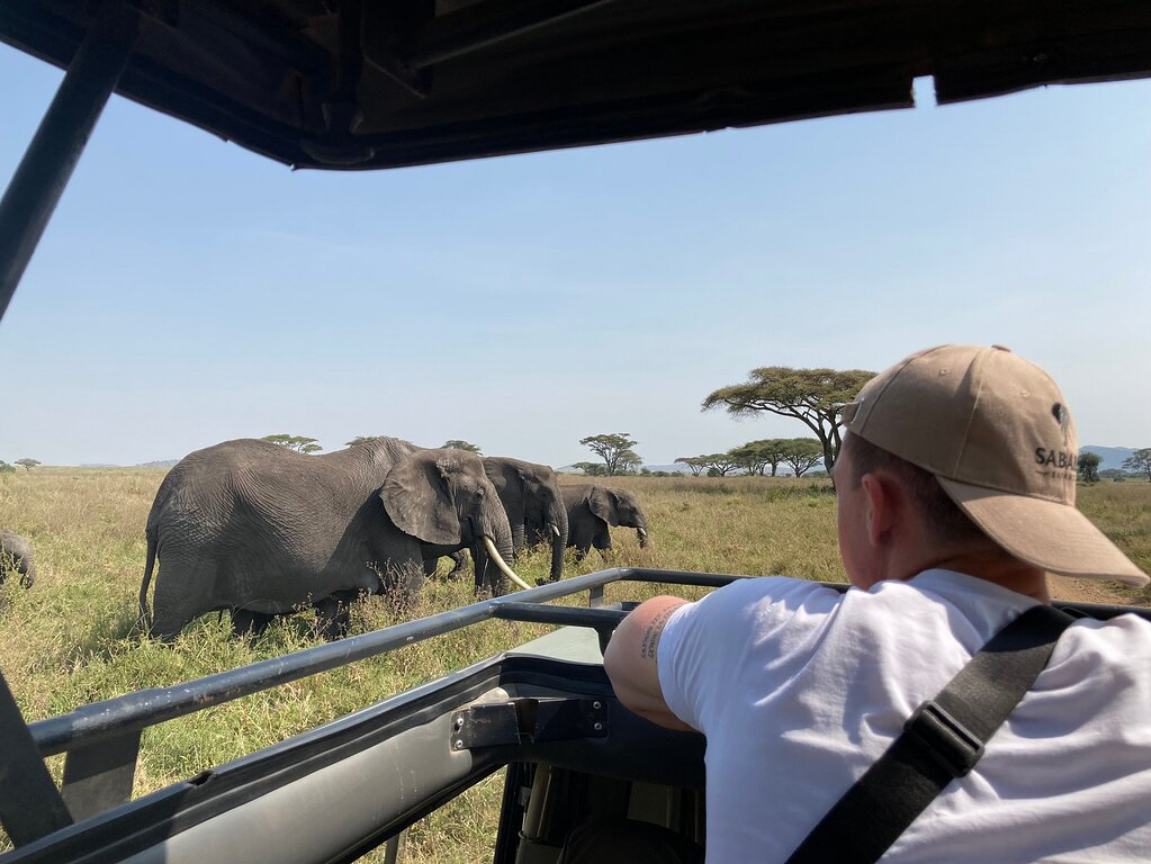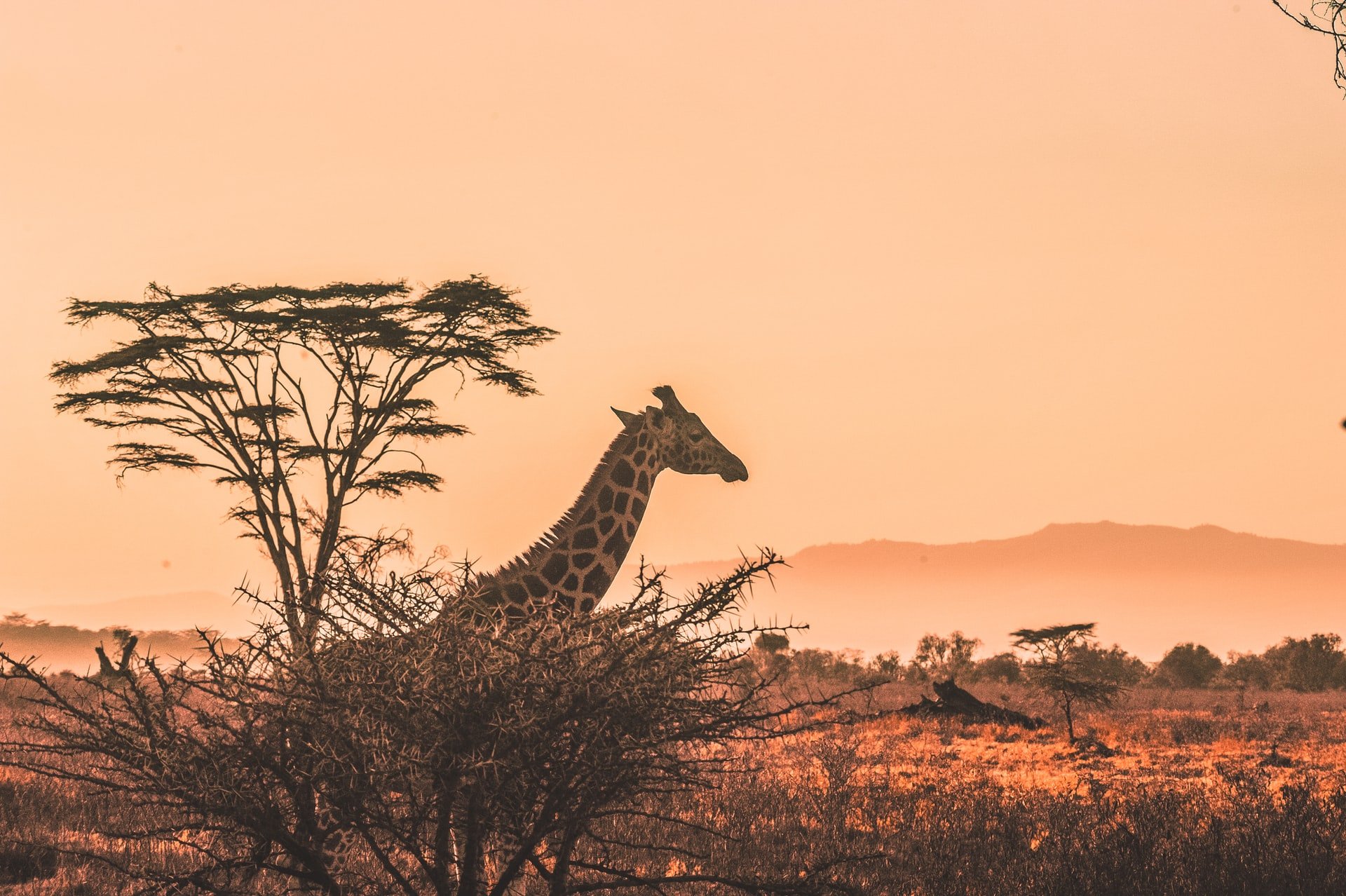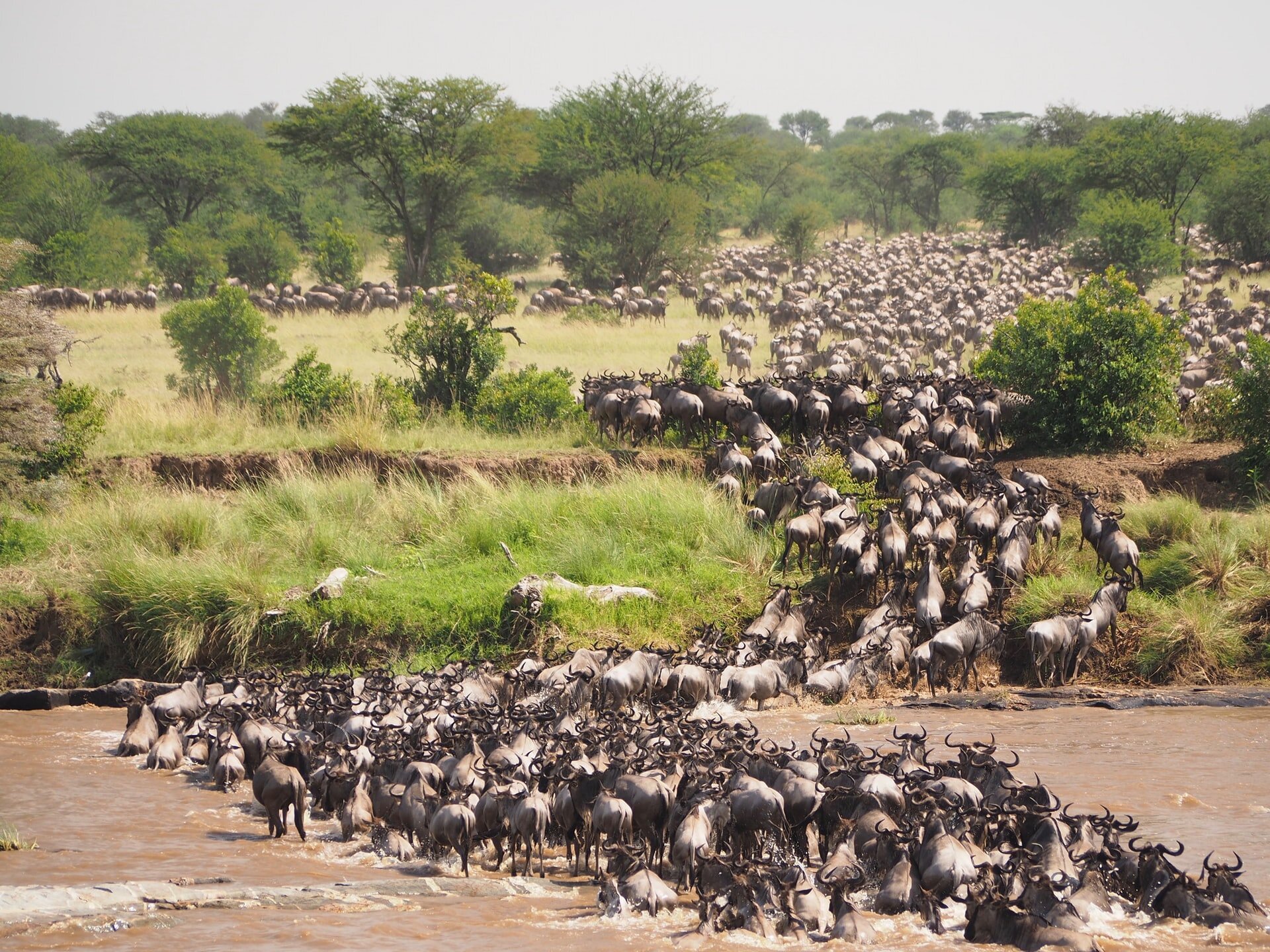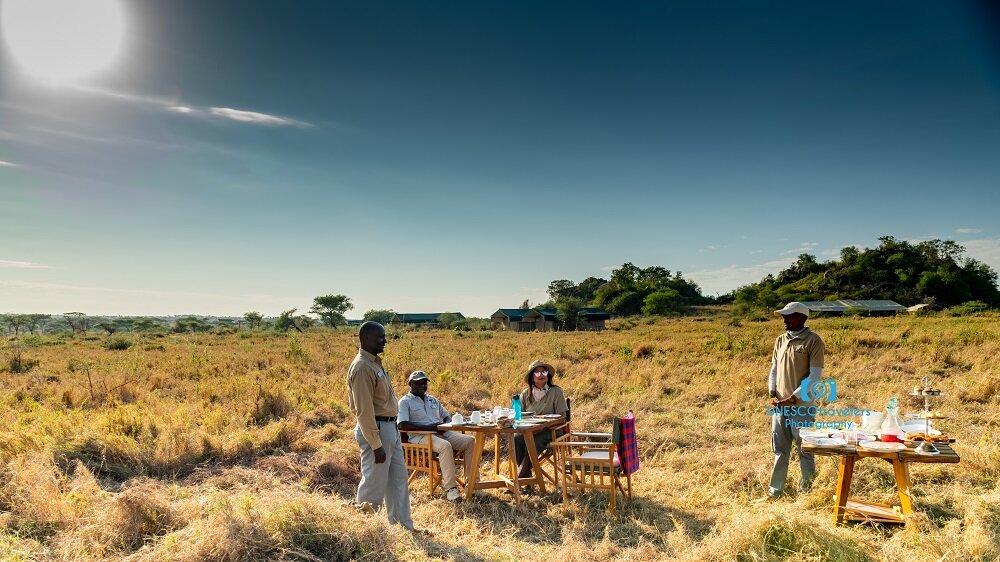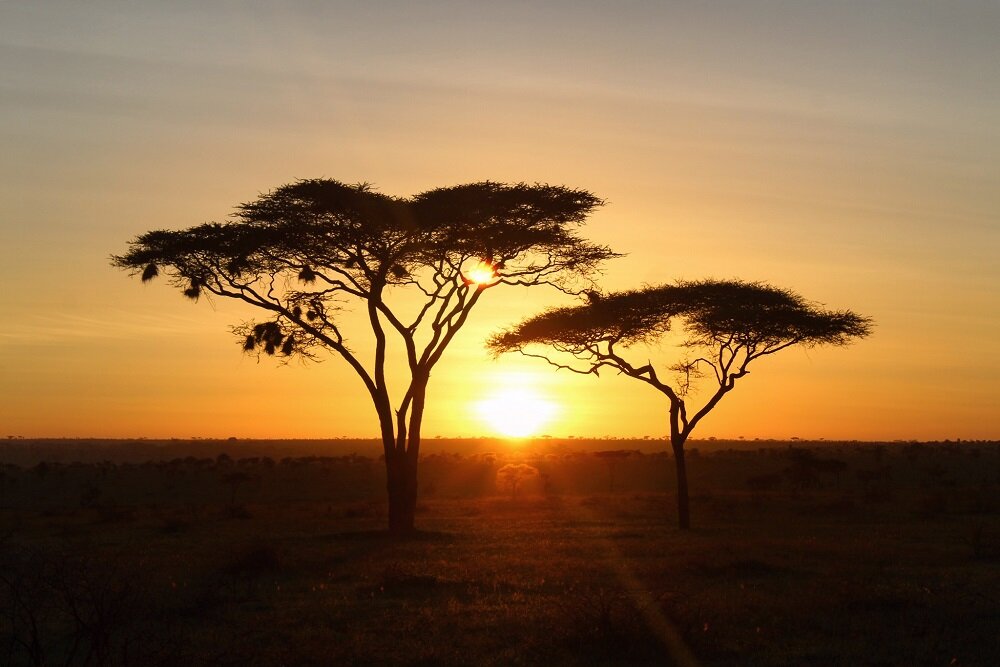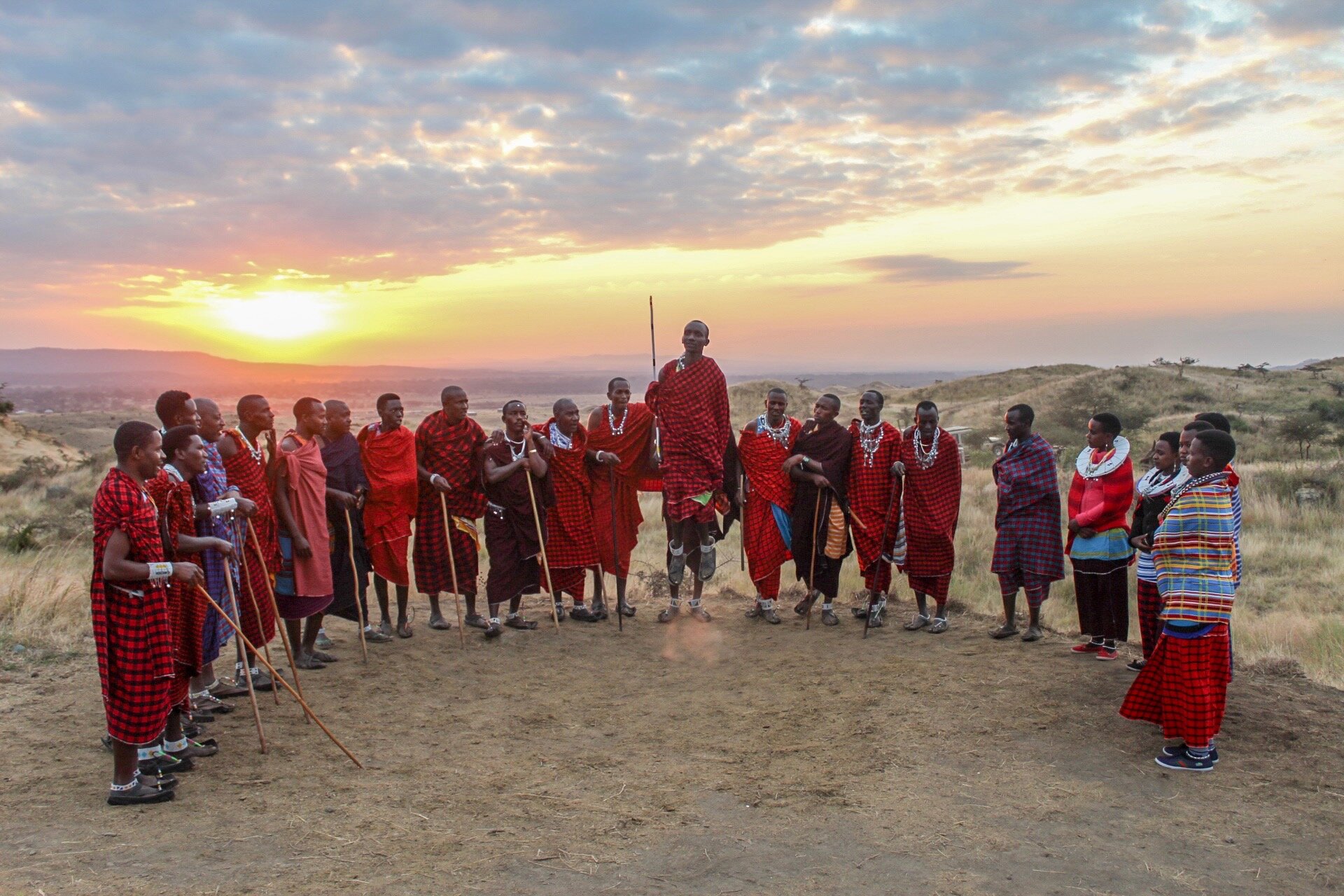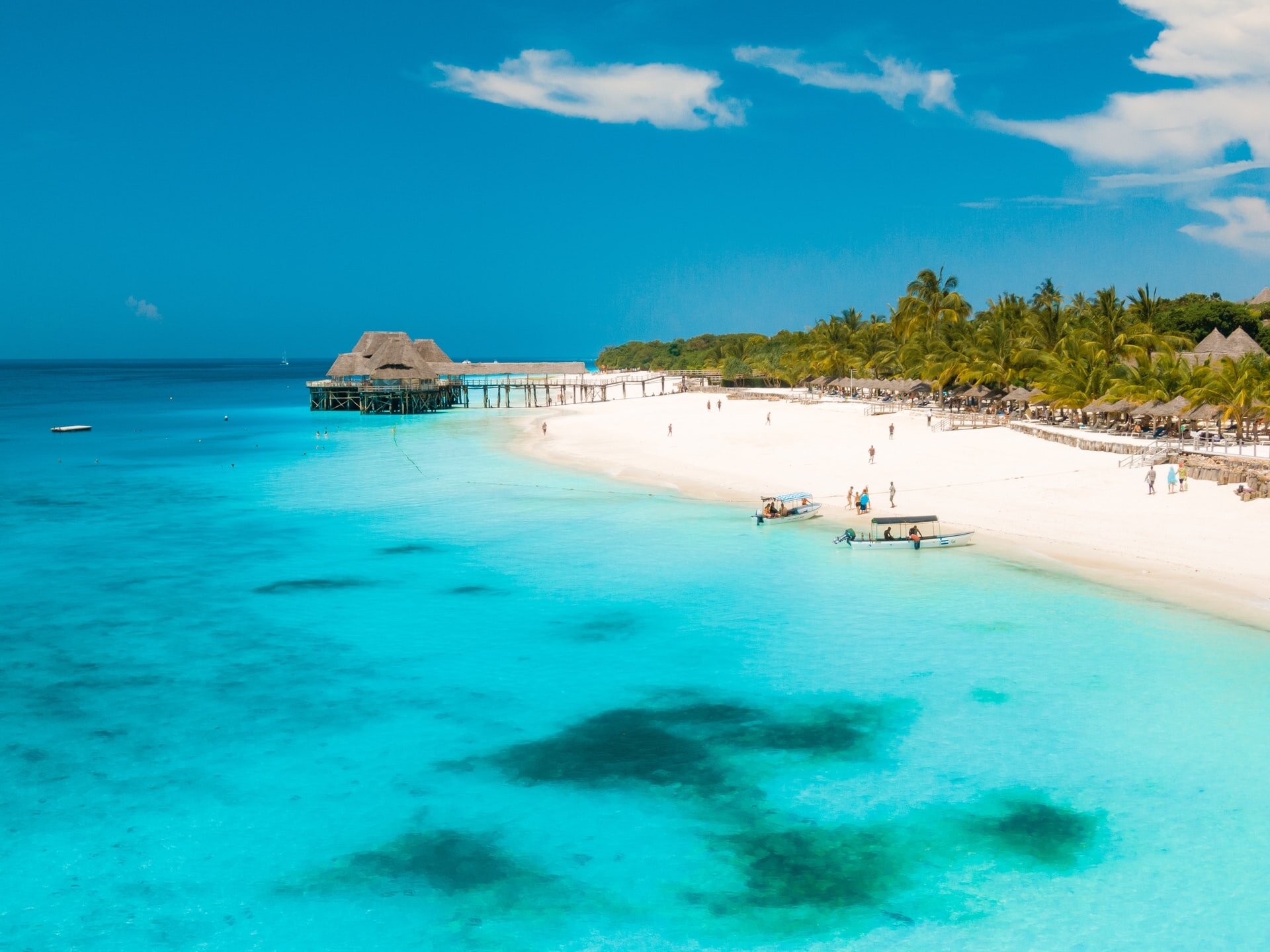How to Plan a 2-week Trip to Tanzania
The good news is that you’re considering planning a trip to arguably the greatest safari destination in the world. Even more good news: we can help you plan your big Tanzania trip! Sababu Safaris lives and breathes all-things Tanzania, allowing us to create bespoke Tanzania safari holidays for guests. But even if you don’t plan to travel with us, we’d still like to help out with a brief guide on how to plan a 2-week trip in Tanzania. If you have any questions after reading this, please feel free to get in touch.
When to Book Your 2-week Tanzania Trip
This is probably the first big question you’ll ask yourself, as everyone interested in safari holidays usually gets a little stressed about finding the perfect time to visit. First off, despite the information on some of the glancing travel guides out there about seasonality, it’s important to recognize that there is no bad time to visit Tanzania — there are just some times of year that might suit your expectations and interests better than others. For various reasons, July-October is the tourist high-season, and April to May sees heavy rainfall, which some guests like to avoid. If you’d like the full breakdown, read our blog on the Best Time to Visit Tanzania.
Trying to Fit Everything in on Your Big Tanzania Safari?
One thing that sometimes intimidates people when planning a trip is the size of Tanzania. It is almost three times the size of the UK and is the largest country in East Africa. Our best advice is to not let the size intimidate you as you simply can’t see and do everything in two weeks — there’s just way too much to see and do! However, it is very possible to see most of the highlights of Tanzania, so look to focus your experience on your ideal safari and/or beach locations.
Planning a Safari in Serengeti National Park
For many visitors, the Serengeti National Park is at the top of their bucket list. And we completely understand why! This vast park is where guests can witness the famed Great Migration — a movement of roughly two million large mammals, the majority of which are wildebeest, alongside several hundred thousand zebra, impala, Thompson’s gazelle, and Grant’s gazelle. These animals move in a relatively predictable path through the Serengeti in search of food, making for some of the most impressive safaris anywhere in the world. To learn more, take a look at our 10 Facts About the Great Migration.
Since the Serengeti is super vast, we recommend spending at least three days here, depending on the time of year. This is give you time to delve into the rich variety of animals and landscapes available here.
Planning a Safari in the Ngorongoro Crater
The Ngorongoro Conservation Area with its Ngorongoro Crater is another popular safari destination in Tanzania. The huge extinct volcano here created the world’s largest unbroken, inactive, unfilled caldera - the Ngorongoro Crater is a vast crater in the landscape, creating its own variation on the grasslands biome, with a mixture of short grass areas, long grass areas, sections of desert plants, and high open moorland. The result is a rich and diverse area packed with biodiversity, making it perfect for safaris!
With the densest animal - and specifically lion - population in Tanzania, this is the perfect spot for anyone keen to meet Africa’s largest cat. You’ll also find elephants, leopards, spotted hyenas, zebra, buffalos, and many more animals! The Ngorongoro Crater is right beside the Serengeti, so it’s the perfect place to visit either before or after your Serengeti adventures. As it’s much smaller than the Serengeti, it is possible to see the best it has to offer in one day – so plan accordingly.
Planning a Safari in Tarangire National Park
While the Ngorongoro Crater and the Serengeti are very highly rated and popular with tourists, Tarangire National Park is severely underrated. Given its proximity to the Serengeti and Ngorongoro, Tarangire is the perfect safari spot to add to your 2-week trip. Not only is the landscape covered with beautiful acacia woodlands and baobab trees, it is home to the largest elephant population in Tanzania. So, if you have a passion for the largest land animal in the world and want to maximize your chances of getting up close and personal, add one or two days’ safari in Tarangire National Park onto your itinerary!
Filling-up Your Second Week in Tanzania
After you’ve got some of the big national parks out of the way and seen The Big 5, you may like to add some lesser known places to your itinerary. While we can’t summarize everything, to finish this guide we’d like to offer a few options for you to consider adding to your two-week Tanzania trip:
West Kilimanjaro - A stay at West Kilimanjaro is more about the community than wildlife, and a short stay will allow time spent with Maasai communities to provide insight to their remarkable culture. You will also enjoy breathtaking views of Africa’s tallest mountain!
Arusha National Park – The low level of big predators allows for walking safaris. This is perfect if you like to stay active after too many days spent in a Landcruiser.
Mahale Mountains National Park – Here, you can meet the chimpanzees who live in this remote national park. A paradise on its own!
Lake Manyara National Park — This beautiful lake is close to the Serengeti and the Ngorongoro Crater, and it offers an impressive range of birdlife, as well as tree-climbing lions, and plenty of elephants.
Zanzibar – This beautiful island deserves its own spotlight, and that’s why we wrote our Ultimate Travel Guide to Zanzibar. Zanzibar offers a completely different experience to mainland Tanzania - it is great to complement your safari with a few days on Zanzibar’s beaches!

